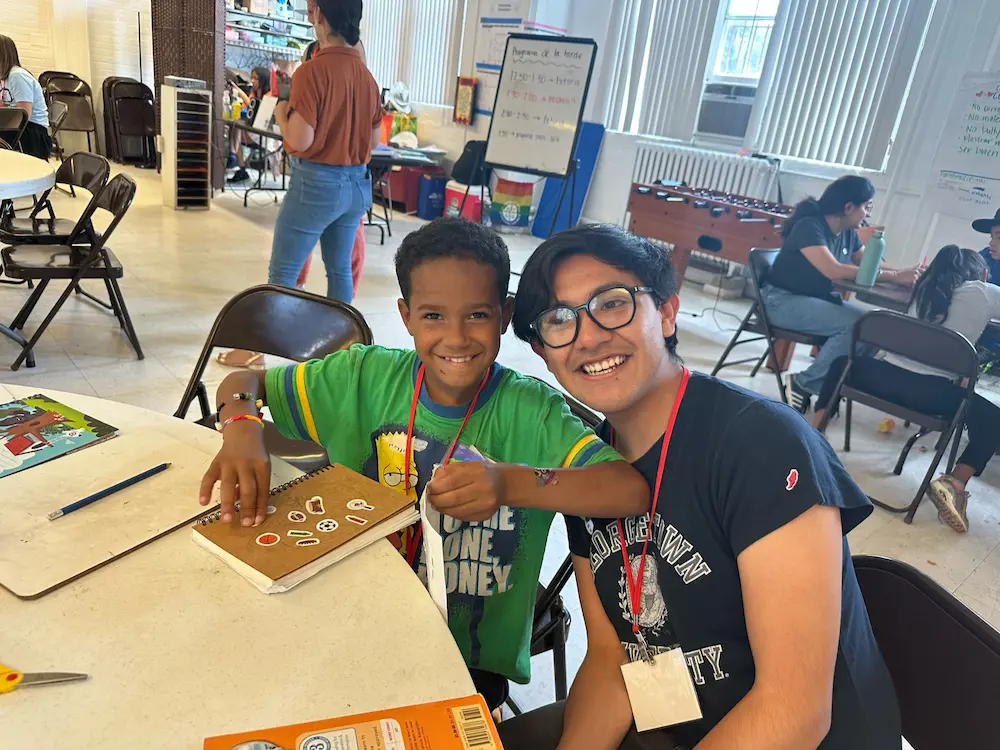Welcome to the Third Grade Math homepage! In third grade, students build on and deepen their understanding of early elementary mathematical concepts. Third graders will extend their knowledge of addition and subtraction in one- and two-digit numbers to add and subtract three- and four-digit numbers with and without regrouping. The standards continue to emphasize the use of place value to explain why addition and subtraction strategies work. Additionally, students explore multiplication as the representation of equal groups and they will be pushed to use models, words, and equations to represent and explain multiplication. Similarly, students will extend what they know about subtraction to explore division as repeated subtraction. The lessons strongly emphasize solving two-step word problems across all four operations. Later, third graders will spend a large portion of time on the exploration of fractions. Students will use models, words, and fractional notation to explore and explain fractions. Finally, students will apply their understanding of fractions to compare fractions and find equivalent fractions. Across all units of study, third graders will be challenged to think critically, make real-world connections, and apply problem-solving skills.

Please review the CityTutor DC Lesson Overview and terms of use before using CTDC lessons.
To support alignment with common DC curricula, please review the 3rd Grade Pacing Guide.
In partnership with the Office of the State Superintendent for Education (OSSE), CityTutor DC has developed a toolkit to help school leaders brainstorm and implement high-impact tutoring (HIT) in their schools.
Privacy Policy · Website designed by Buoy
Join CityTutor DC on Wednesday, November 20, for A Brighter Future: Learnings from Transforming Teaching, as we celebrate key findings and lessons learned during the pilot year of our Transforming Teaching Pilot (TTP) initiative.